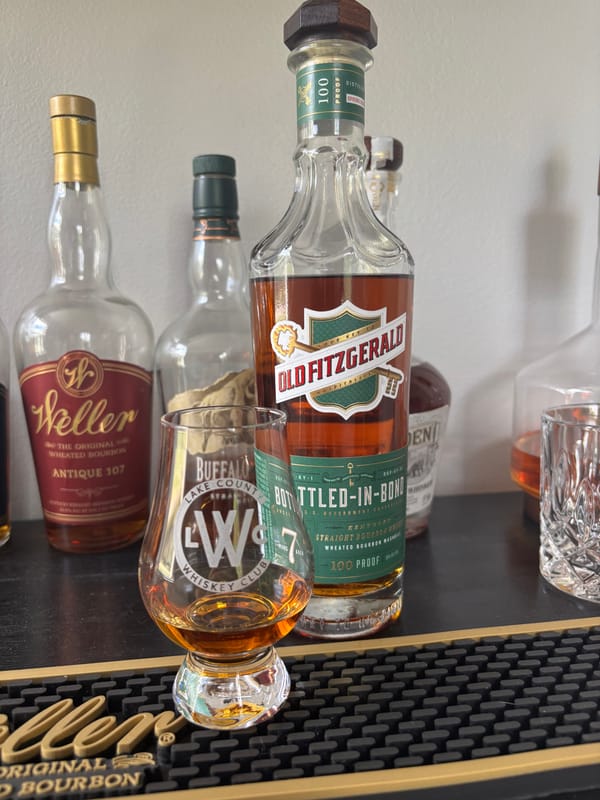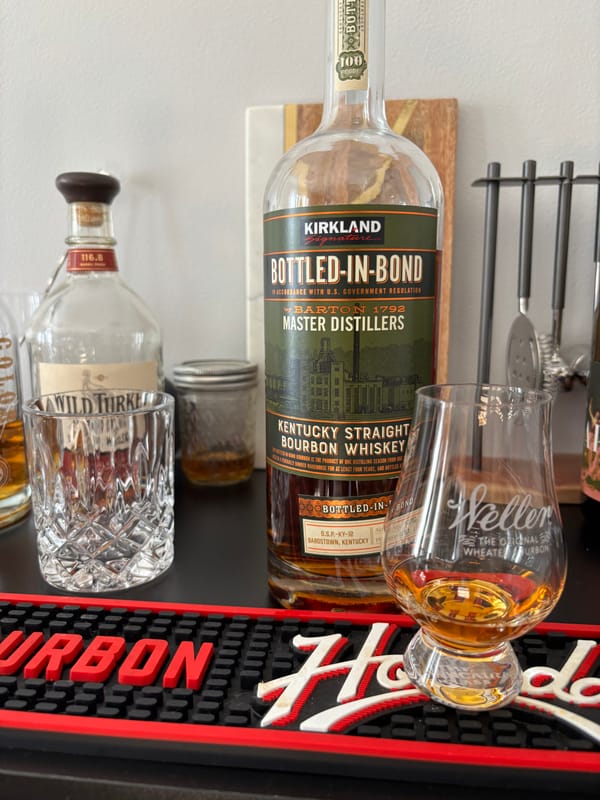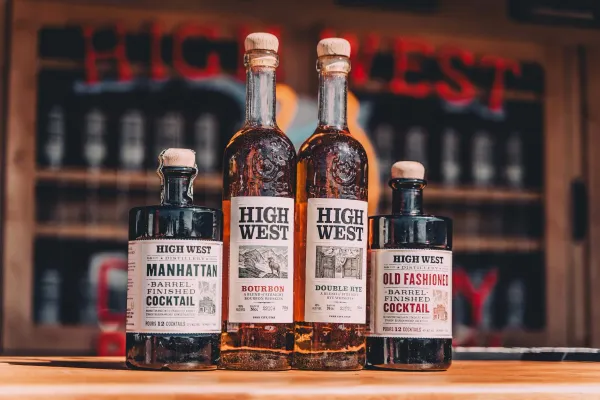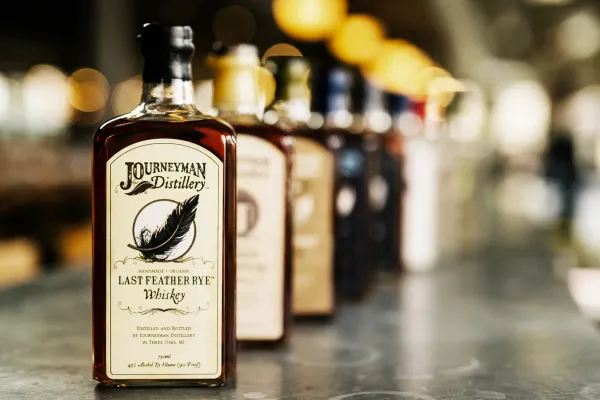Whiskey Grain Mashing Temperature Guide: The Heat You’ll Wish You’d Mastered Sooner

Grain Mashing Temperature Standards: The Whiskey Start You Can’t Skip
Grain mashing temperatures in whiskey production aren’t just settings. They’re the critical heat that unlocks sugars from grains, setting the flavor foundation. If you don’t know these standards, you’re missing the start that shapes every bottle. For whiskey enthusiasts eager to understand whiskey’s core, this is the rock-solid truth about grain mashing temperature standards, grounded in legal standards and science, and a 2025 must-know.
What Are Grain Mashing Temperature Standards?
U.S. law requires whiskey (bourbon, rye, etc.) to be made from a fermented grain mash, with mashing temperatures typically between 140-200°F to convert starches into fermentable sugars. Scotch and Irish whiskey (Scotch Whisky Regulations 2009, Irish Whiskey Act 1980) follow similar processes, especially for barley-based whiskeys. The mash, composed of grains like corn (51% minimum for bourbon), rye, or barley, is mixed with water and heated in precise stages to produce a sugary wort, fermented to 8-10% ABV in three to five days, then distilled (160 proof max) and aged (two-plus years) for whiskeys at 80 proof minimum.
How Mashing Temperatures Shape Whiskey
Corn, mashed at 180-200°F for bourbon, releases high sugar yields, fostering sweet esters that become caramel during oak aging in Kentucky’s climate (20-100°F). Rye, mashed at 140-160°F, preserves volatile compounds, enhancing spicy phenols for rye whiskey’s clove notes. Malted barley for Scotch, mashed at 145-155°F, optimizes enzyme activity, yielding nutty, fruity wort that develops malt flavors over three-plus years in Scotland’s cooler climate (40-65°F). Precise temperature control ensures efficiency and flavor consistency, with deviations risking low sugar yields or off-flavors in whiskeys at 80-120 proof.
Why Mashing Temperatures Matter for Your Sip
A bourbon at 80 proof, mashed at 190°F, delivers rich toffee sweetness, while a rye at 95 proof, mashed at 150°F, offers sharp peppery spice, per legal standards. Improper mashing dulls flavor potential. Every sip reflects the heat’s precise role, making your next bottle a vibrant expression of its start.
Why Grain Mashing Temperature Standards Matter in 2025
Grain mashing temperature standards are whiskey’s flavor ignition. By 2025, understanding these rules could make every sip a clear taste of crafted sweetness or spice, from bold to nuanced. It’s the truth in the heat, so don’t miss the start.
Check out NEAT: Whiskey Finder—it’ll help you track down bourbon and whiskey near you.





